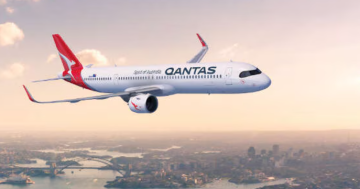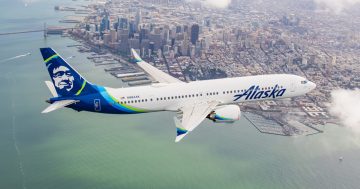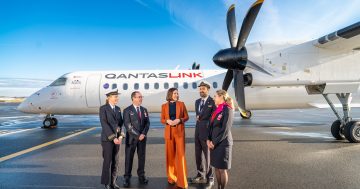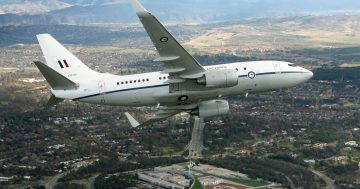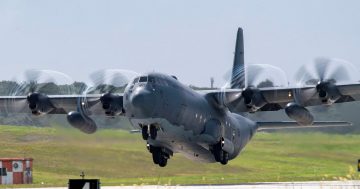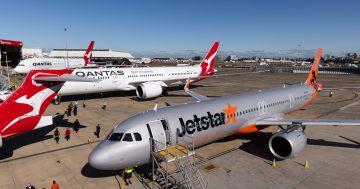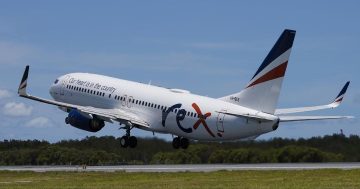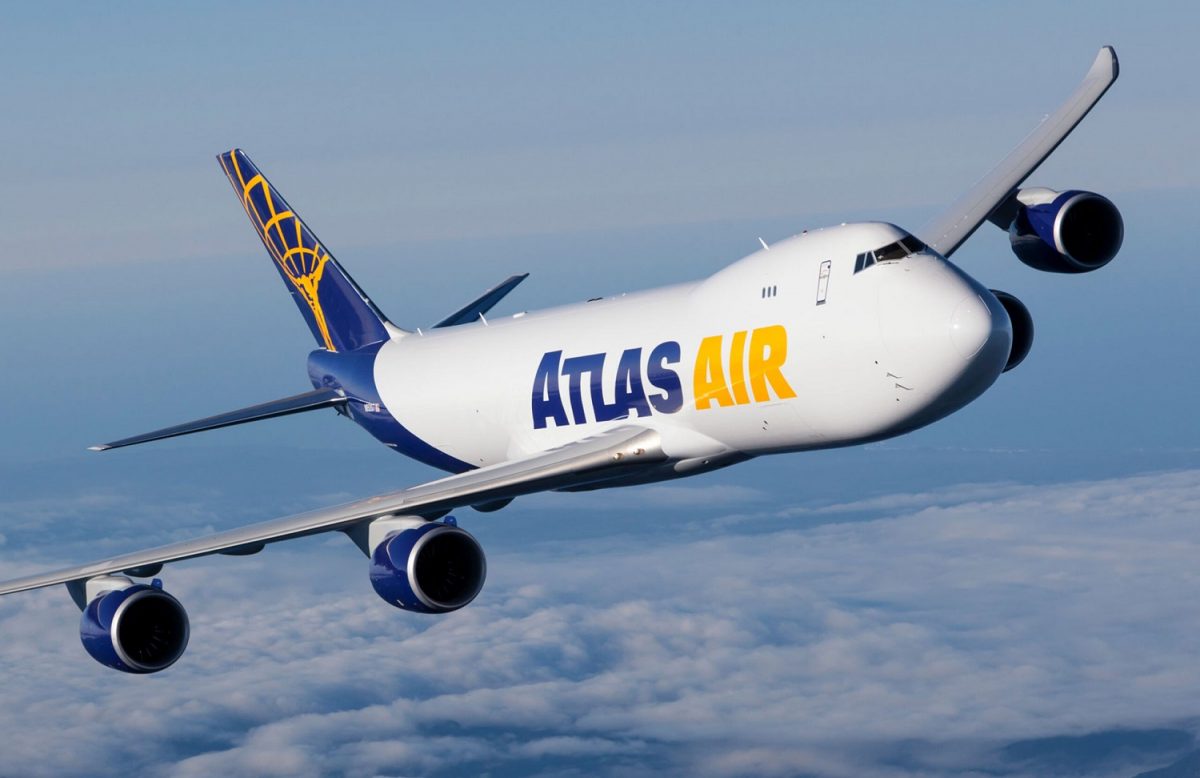
The 1574th and final Boeing 747 was delivered to Atlas Air on 31 January. Photo: Atlas Air.
On 30 September 1968, a new passenger aircraft that would change air travel forever was rolled out of a hangar at Everett near Seattle in the US state of Washington.
With a longer and wider fuselage, wider wingspan and much larger engines than the Boeing 707, the Boeing 747 dwarfed everything else on the airport ramp and was only slightly smaller than the US Air Force’s then-new Lockheed C-5A Galaxy transport. It was the world’s first, and according to most purists, the only ‘Jumbo Jet’.
Nearly 54-and-a-half years later, on 31 January 2023, the 1574th and final 747 to be manufactured – a 747-8F freighter for Atlas Air – was delivered from the same Everett facility.
The 747 was an engineering marvel for the time. Designed to carry up to 560 passengers – three times that of contemporary airliners – it required multiple new technologies to be developed to get its 750,000 lbs (340 tonnes) bulk into the air. A new building was also required to manufacture the 747, and today that building in Everett remains the largest by volume and the largest under a single roof in the world.
But the 747 came close to being a massive failure for Boeing, not because of any significant design faults, but because the costs to develop the aircraft almost drove the company to bankruptcy. Delays during development, production and flight testing pushed the company’s debt to a staggering US$2 billion in 1969 – roughly equivalent to US$13 billion (A$20 billion) in 2022 money –and it was only through concessions by the company’s bankers that it was able to trade through that period.
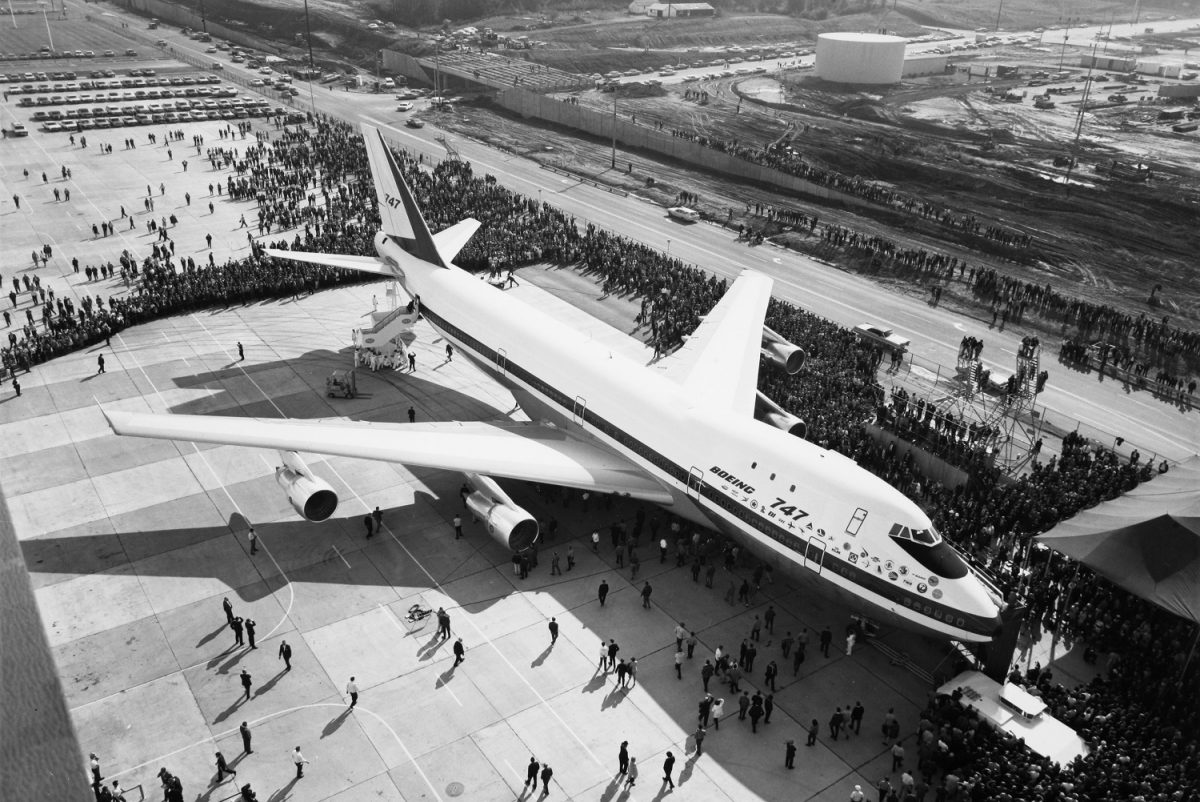
The first Boeing 747 was rolled out of its giant new factory facility at Everett near Seattle on 30 September 1968. Photo: Boeing
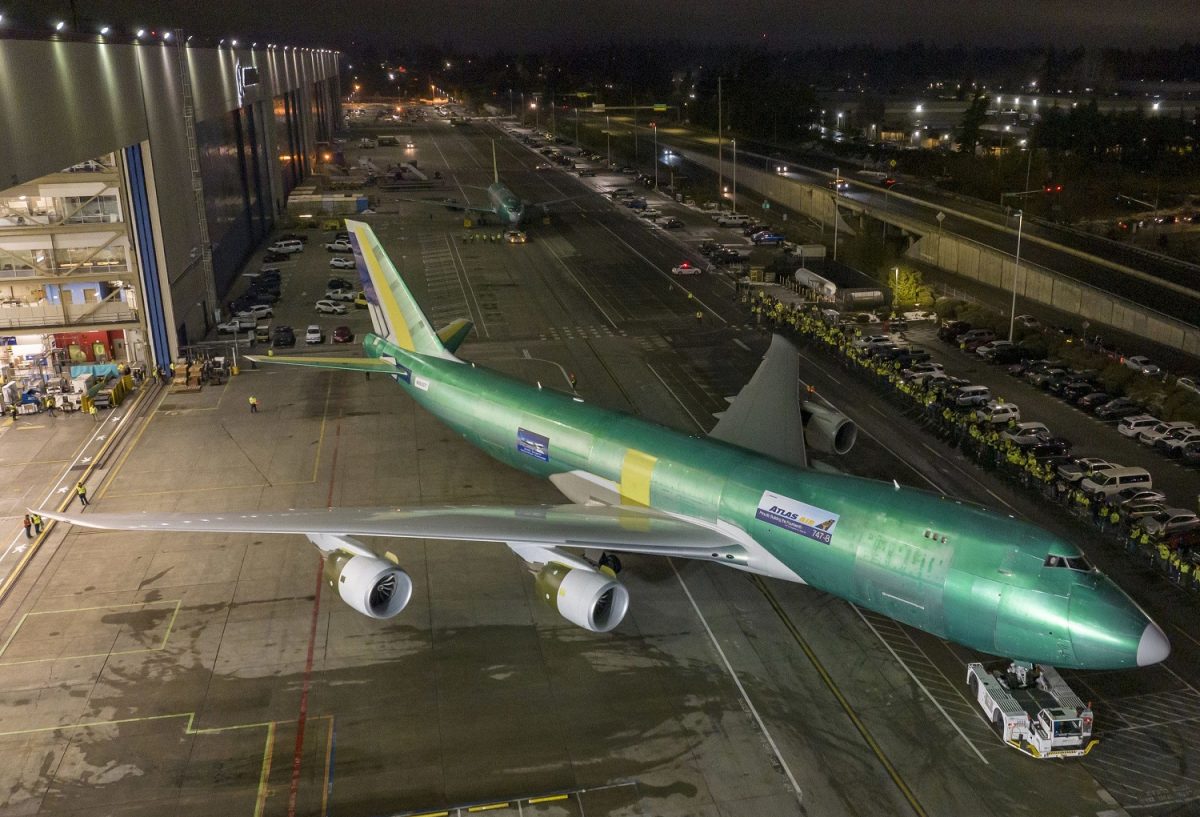
The final 747 will be rolled out in December 2022. It makes for an interesting comparison with the photo above of the first 747 taken from a similar position 54 years earlier. Photo: Boeing
The 747 was first displayed to the world at the 1969 Paris Airshow, and the first aircraft entered service with Pan Am from New York to London on 22 January 1970. The efficiency and size of the Jumbo meant airlines could provide much greater capacity and lower airfares on many of the world’s major air routes, thus opening up air travel to millions more passengers.
Despite its bulk, the 747 was quite graceful in flight.
According to a former 747 pilot, “By virtue of its size, the Boeing 747 is a very stable platform, riding turbulence more smoothly, particularly on the approach to land”.
Its handling and graceful lines quickly saw it dubbed the ‘Queen of the Skies’.
Despite its huge potential increase in capacity, the original 747-100 model was typically configured with about 360 passenger seats on the main deck and a ‘club lounge’ area in the characteristic hump above the forward deck. The 747-200 model did away with the club lounge in favour of additional premium seating, and this was the first model operated by Qantas, which employed the aircraft primarily on the Sydney to London’ Kangaroo Route’ via Singapore or Bangkok.
The 747-300 model in the early 1980s introduced a longer hump with additional seating capable of carrying about 400 passengers in three classes, while a limited run of short-fuselage 747SP models could carry about 275 passengers was developed for longer-haul routes and into airports with shorter runways.
Ansett Airlines briefly operated the 747-300 in the mid-1990s, primarily on its Asian services, while Qantas operated a small number of 747SPs, the first models capable of flying across the Pacific non-stop and were also able to operate into airports such as Wellington in New Zealand.
The 747-400 was the first major model change for the Jumbo and, with some 694 built, the most prolific. Entering service in 1989, the -400 retained the -300’s longer hump but featured a redesigned internal wing structure with greater fuel capacity and added winglets, more powerful engines and advanced cockpit avionics and displays. These enhancements allowed the -400 to fly longer routes with typical loads of between 430, or for short-haul routes such as those in Japan, up to 640 passengers.
The 747-400 was operated widely by Qantas on the Kangaroo Route and trans-Pacific services to Los Angeles and Dallas-Fort Worth but also flew regular services to Tokyo, Buenos Aires, Johannesburg, and on scenic flights over Antarctica. The -400 was also built as a dedicated freighter with a shorter hump and a nose that could be raised for straight-in loading.
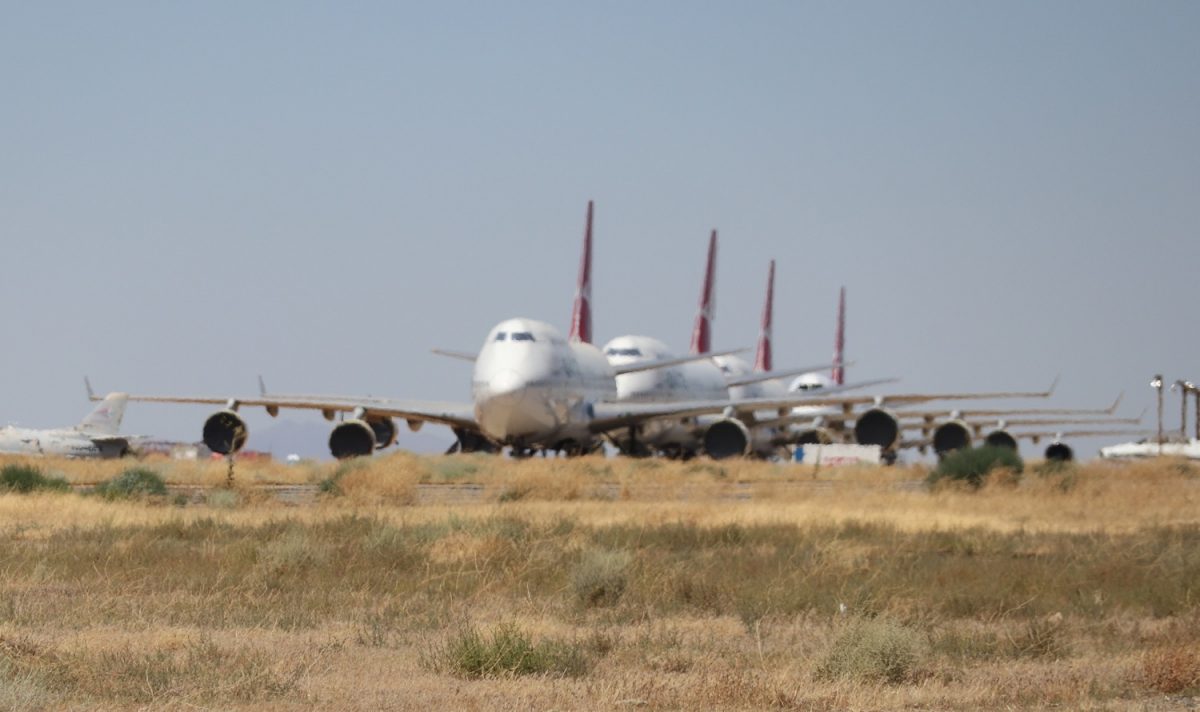
Four former Qantas 747-400ERs in the desert heat at the Mojave Air & Space Port ‘boneyard’ in July 2020. Photo: Owen Zupp.
The second major upgrade and final model was the 747-8 passenger and -8F freighter model. Equipped with new generation engines developed for the advanced 787 twinjet airliner, the -8/-8F featured a stretched fuselage, redesigned wing, and a complete redesign of the passenger cabin.
But the 747-8 was developed too late, as bigger and more efficient twin-engine airliners became available from the late 1990s onward. Thus, just 48 747-8 passenger aircraft were delivered before production ceased in 2019, while the 747-8F has enjoyed a little more success with 107 built.
Qantas retired the last of its 747-400ERs in July 2020. It and a few others now languish partially dismantled in the airliner ‘boneyard’ at the desolate Mojave Air & Space Port in the California desert.
With the demise of the 747 and Airbus’ commercially unsuccessful A380, the airliner world is now the domain of the ‘large twins’. Aircraft such as Boeing’s 787 and 777 and Airbus’ A330 and A350 are able to carry nearly as many passengers as the original 747 over the same distances while using up to 50 per cent less fuel from their two engines.
With several hundred freighters remaining in service, the 747 will likely remain a fixture for spotters for a couple of decades to come. But, apart from the occasional charter, it is unlikely we will see many more 747 passenger aircraft in Australian skies.













